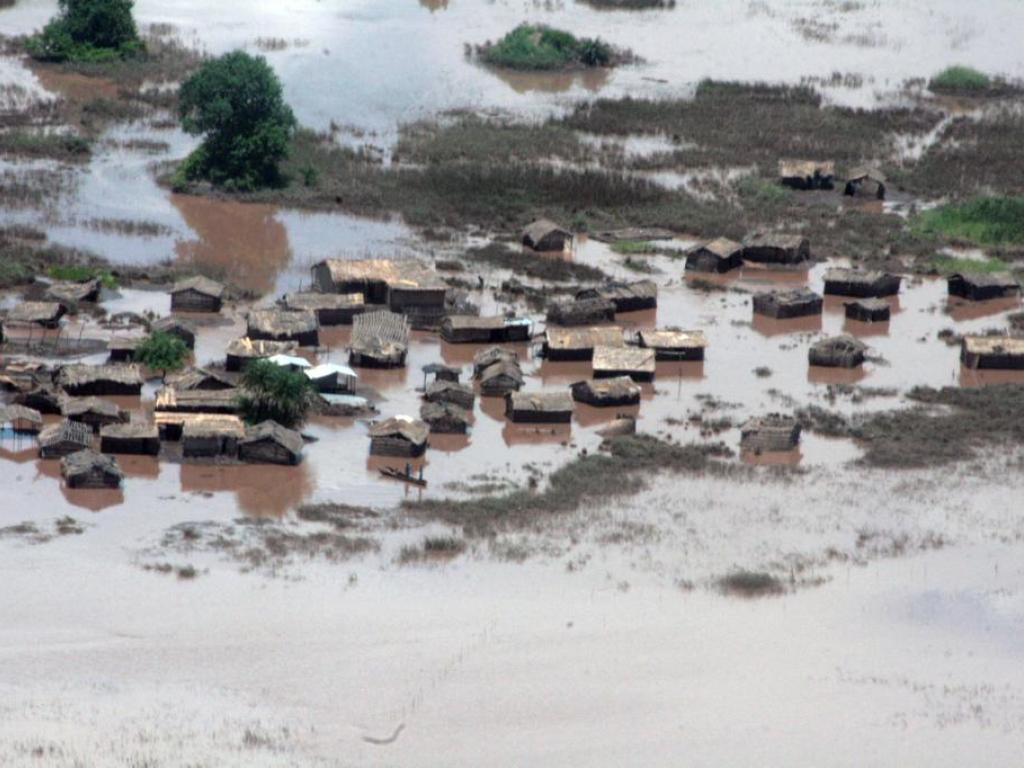ACDI Director Mark New explains Malawi floods

According to the Cape Talk radio host, Kieno Kammies, in a recent interview with ACDI Director Prof Mark New, about 20-200 000 people have been displaced by the recent floods cause by a cyclone in Malawi. Some of those people are cut off from the rest of the country with no access to food. Kammies added that Rescue South Africa has received funding from Old Mutual to go to Malawi and assist people in need.
Kammies interviewed Prof New to make sense of the weather phenomenon that led to the flooding in that region of Africa. He believes that we should give more prominence to natural disasters in our neck of the woods – specifically at the moment, Malawi and Mozambique.
According to Prof New, the flooding was caused by a combination of two things: Firstly, it was the normal rains that happen at Malawi at that stage, because the Malawian rain comes as the tropical rain systems move south from the equator in the summer, and produce normal thunder storms over Malawi and Zambia and those regions of Africa.
“But then it was combined with a rather unusual low pressure system in the Mozambique channel. And what that did was it basically acted to accelerate the draw-in of moisture into those normal storms and actually intensify them,” Prof New said. “It’s kind of a double whammy of normal rainfall processes intensified by a very unusual additional feature in the weather at this particular time.”
Kammies mentioned that many people were saying this phenomenon occurred because of climate change. “Would you say these type of phenomena are on the increase as we speak?” he asked.
According to Prof New it is very difficult to say that about any individual weather phenomenon, but if one looks around the world there’s definitely been an output trend in these types of extreme weather phenomena. “We see it both in terms of the number of events around the world that cause humanitarian disasters – they have increased over the last twenty years from about an average of a 150 per year to 350 per year.” These are events like the Malawi flooding.
Prof New also added that over the last 30 years the world has become much more globalised so natural disasters tend to be reported more. “So it’s probably a combination of more events were happening anyway being reported in the global media and then also the fact that the events are increasing,” he said.
Finally, Prof New said that we are also seeing just generally when you look at the meteorology, increases in the number of events. “So there’s evidence that the events are increasing, what’s more difficult is to say what the cause of that is.”
Image credit: Face of Malawi